tie and dye techniques in india
18Tie-dye is a term used to describe a number of resist dyeing techniques and the resulting dyed products of these processes. Types of Tie and Dye.
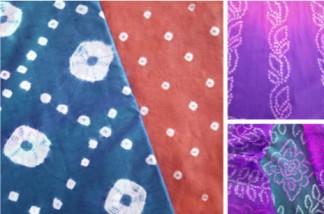
Tie Dye Techniques In India Tie Dye In India Bandhani Ikat Lehariya
Tie and Dye as a present day craft.

. Dissolve the dye in this water stirring continuously. Before I started I doubled the fabric so that the effect would come on both the ends. It is also the oldest forms of decorated textiles.
10This is how I dyed. Wrap several rubber bands around the disk. Many beautiful tie-dye shirts have been floating around lately.
Ikat GujaratOdisha Andhra Pradesh Telangana. Woodblock printing gives rise to very geometric shapes and patterns. Bandhani is a popular type of tie and dye method in India.
Tie Dye is a modern term for the art of selectively creating resists before the application of dye or color. Check the color strength on a scrap. Bandhani Indian Tie and Dye.
An age old tradition it has survived till this day as one of the oldest finest and most widely used techniques for. The tying of cloth with thread and then dying it is the simplest and perhaps the oldest form of creating patterns on a plain piece of cloth. Tie and dye or bandhani is derived from Sanskrit word bandh meaning to tie and is one of the most popular and widespread textile arts of India extending across the country from the states of Gujarat and Rajasthan.
18Different types of tie and dyes have been practiced in India Japan and Africa for centuries. According to the design and the motif each pattern has its special significance. To make a crumple tie dye aka scrunch or nebula design.
Traditional tie and dye technique used to be performed on cotton clothes since they absorb the colour better. Books to read on Tie and Dye. Modern tie and dye technique can be performed on other flowy fabrics too.
How to do Tie Dye 6 basic methods used. 24The Captivation of Tie and Dye. 31Tie and dye is one of the most widely accepted and one of the very traditional methods of printing textiles in India.
Afterward you can strain the dye solution through cheesecloth fabric to make sure there are no undissolved particles if you find the dye is not dissolved. 3-But there are other statements which convey that tie and dye was not brought in by the Hippies of America but was formed in India Japan and Africa even during the early 6th century. It is an ancient art practise that is mainly used in the state of Rajasthan and Gujarat.
Heat the water in your pot up to 70 degree C. 15Around 4000 BCE we can find examples of tie-dye in India. We have the instructions you need to create anything you can imagine.
Tie dying is a resist process that may be used on thread before it is. The process of tie-dye typically consists of folding twisting pleating or crumpling fabric or a garment before binding with string or rubber bands followed by the application of dye or dyes. 30Also the art of Bandhani is a pre-eminent technique of tie and dye discovered in India during the ancient times.
Tie-dye is a science that is only beginning to be unraveled. The technique gets its name from the Rajasthani word for wave because the dyeing technique is often used to produce complex wave patterns. The textile industry in India has a colourful history consisting of a diverse range of techniques and traditions.
Show a bit of muscle here because later when you dye the cloth you dont want the dye to reach the cloth. Vegetable dyes and other natural dyes are used for the process and this garment is a symbol of the areas culture and heritage. The chandokhni and shikhara are specially created for the brides.
In India tie and dye technique is used in many variations on a wide range of fabrics from cotton to silk. The biography quotes the wedding of King Harshas sister Rajyashri and describes the tie-dyeing of the brides odhaniIts earliest. The term Bandhani is derived from the word Bandhan that means tying up.
Shibori is one of the oldest Indigo dying techniques in Japan and India. Combine these techniques with our 10 steps guide to tie-dyeing and youll be ready for any challenge. It involves dyeing a cloth that was previously folded into small bindings to form a certain pattern.
Some 5000 years ago Indian Tie Dye or. Even if youre new to the craft you can make your own. Shibori is a Japanese name for Tie and Dye and is part of the larger family of.
Then scrunch smaller sections of the fabric together randomly. The results are endless and can be as simple or as elaborate as you please. Khatri Mahamed Isha shows us how to Tie and dye in the centuries old India method.
The word Bandhani comes from the Hindi word Bandhan. Once done put the bunched up fabric into a plastic bag. This method of dyeing the fabric was very popularly known as Bandhini in India which involved the technique of tying small pints of thread and dip-dying resulting in designs.
At last it is dried in sun and remove the clamp. Tie-dye is characterized by the use of bold patterns and bright primary colors such as yellow red green orange etc. It is a technique for a variety of ways of embellishing textiles by shaping cloth and securing it before dyeing.
This is a Chinese tie and dye technique which creates a fabric with a mottled appearance. Ikat is a yarn resist technique where the yarns are tie-dyed and on weaving a pattern is created on the surface of the fabric. 10This is a Nigerian Tie and Dye technique in which Indigo fabric is dyed in this way.
After folding it is clamped with bulldog clamps. 7Leheriya is a traditional style of tie dye practiced in Rajasthan India that results in brightly colored cloth with distinctive patterns. Scrunch or Crumple Tie Dye.
Fabric is folded in half lengthwise then folded again and then fan folded into triangles. 10Tie-dye became fully developed in China during the Tang dynasty 618-906 AD and in Japan during the Nara period 552-794 AD. First lay the shirt flat.
The manipulations of the fabric before the. It symbolizes the unique and rich costume heritage of Rajasthan. The manipulations of the fabric prior to application of dye are called resists as they partially or completely prevent the applied dye from coloring the fabric.
Now take the bead which you have wrap it around the doubled cloth and tie the string around it as securely as possible. Put on your gloves mix some dark blue and indigo dye in a squeeze bottle since indigo is the primary color used for this technique. 6A tie and dye technique that dates back to the Indus Valley Civilization developed by the Khatri community of Gujarat in India the printing technique finds mention in historical texts of 7th century ad literature- Harshacharita written by Banabhatta.
Tie-dye became fully developed in China during the Tang dynasty 618-906 AD and in Japan during the Nara period 552-794 AD Reference and see pics. Now it is soaked in water and then dye it in hboiling water. The barah baag when opened looks like a garden of flowers - a set of 12 barah.
2PROCESS There are lots of ways to fold the fabric. They used a technique thats known as bandhani Interestingly these garments were used in religious ceremonies such as funerals and weddings. An ikat textile can be recognized from the typical hazy patterns on fabric due.
16The dyes are mainly vegetable dyes extracted mainly from various parts of plants such as flowers stem leaves etc. Now its time to dye. Now start pouring the dye on the exposed bits of your chosen fabric.
Learn more about this technique here. Dabu or daboo originates in Rajasthan and is a beautiful mud resist hand block printing technique. Keep scrunching and folding gathering all of the fabric into a relatively flat tight disk.
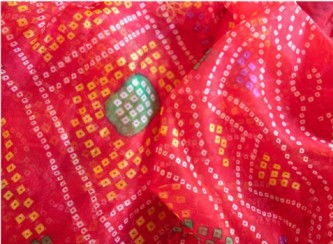
Tie Dye Techniques In India Tie Dye In India Bandhani Ikat Lehariya
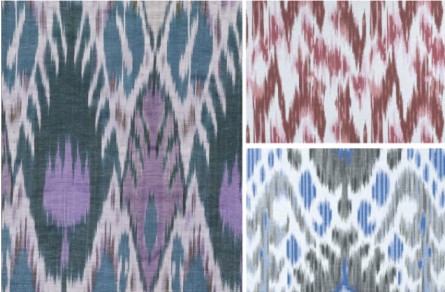
Tie Dye Techniques In India Tie Dye In India Bandhani Ikat Lehariya
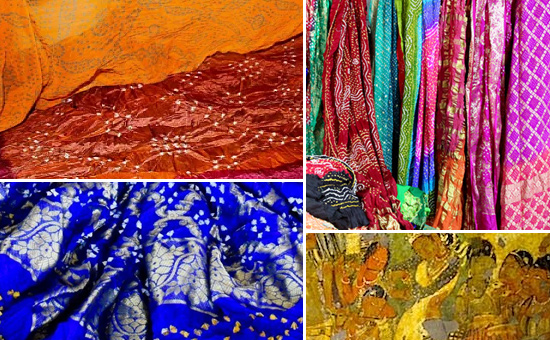
About Indian Tie And Dye Technique
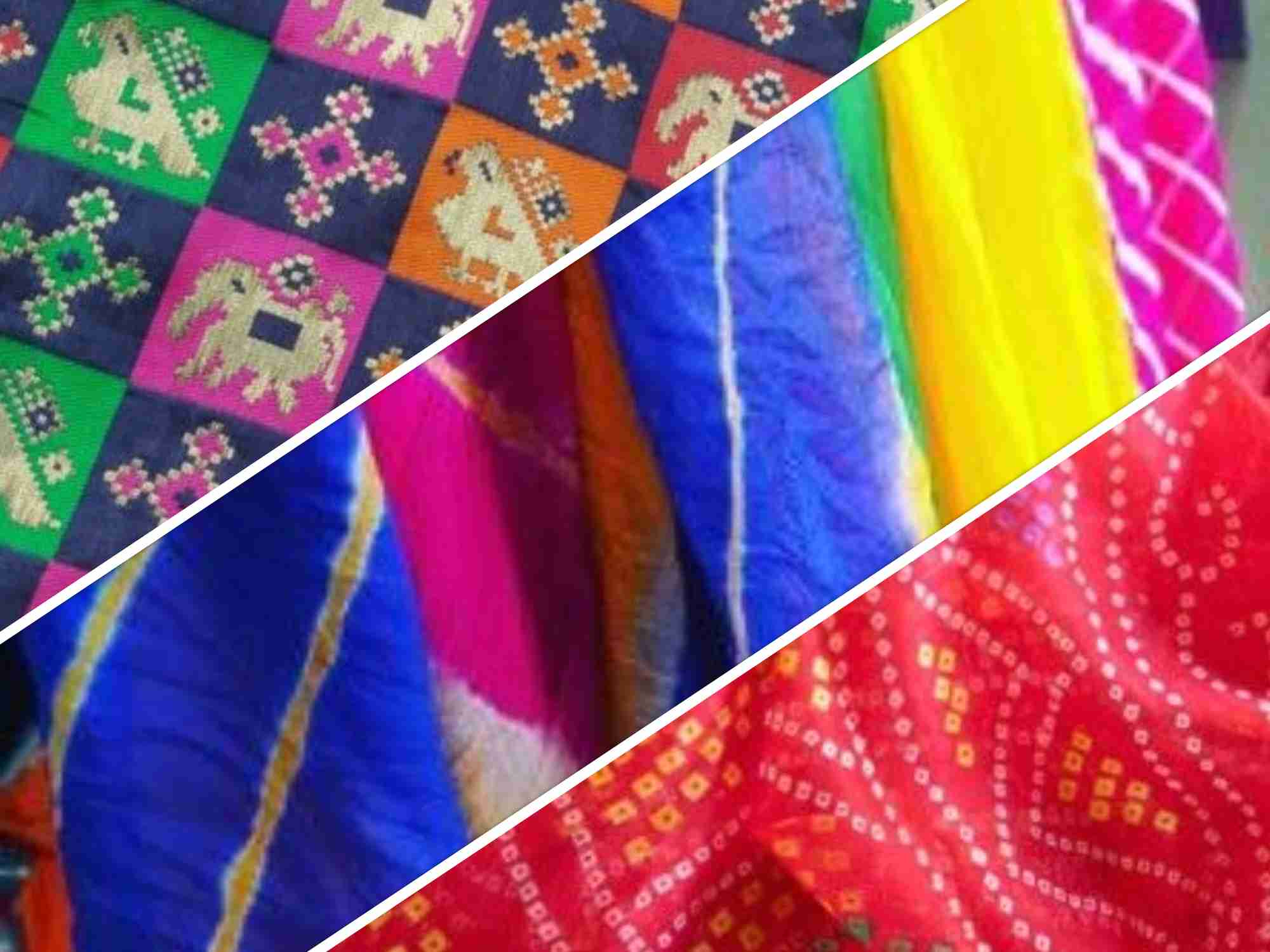
Tie Dye Techniques In India Tie Dye In India Bandhani Ikat Lehariya
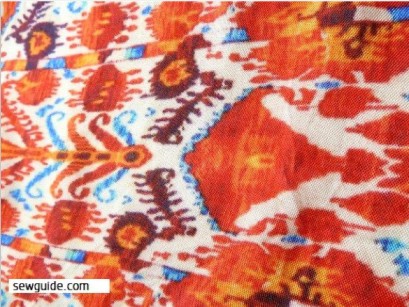
Tie Dye Techniques In India Tie Dye In India Bandhani Ikat Lehariya

History Of Bandhani Or Indian Tie Dye Technique The Adair Group
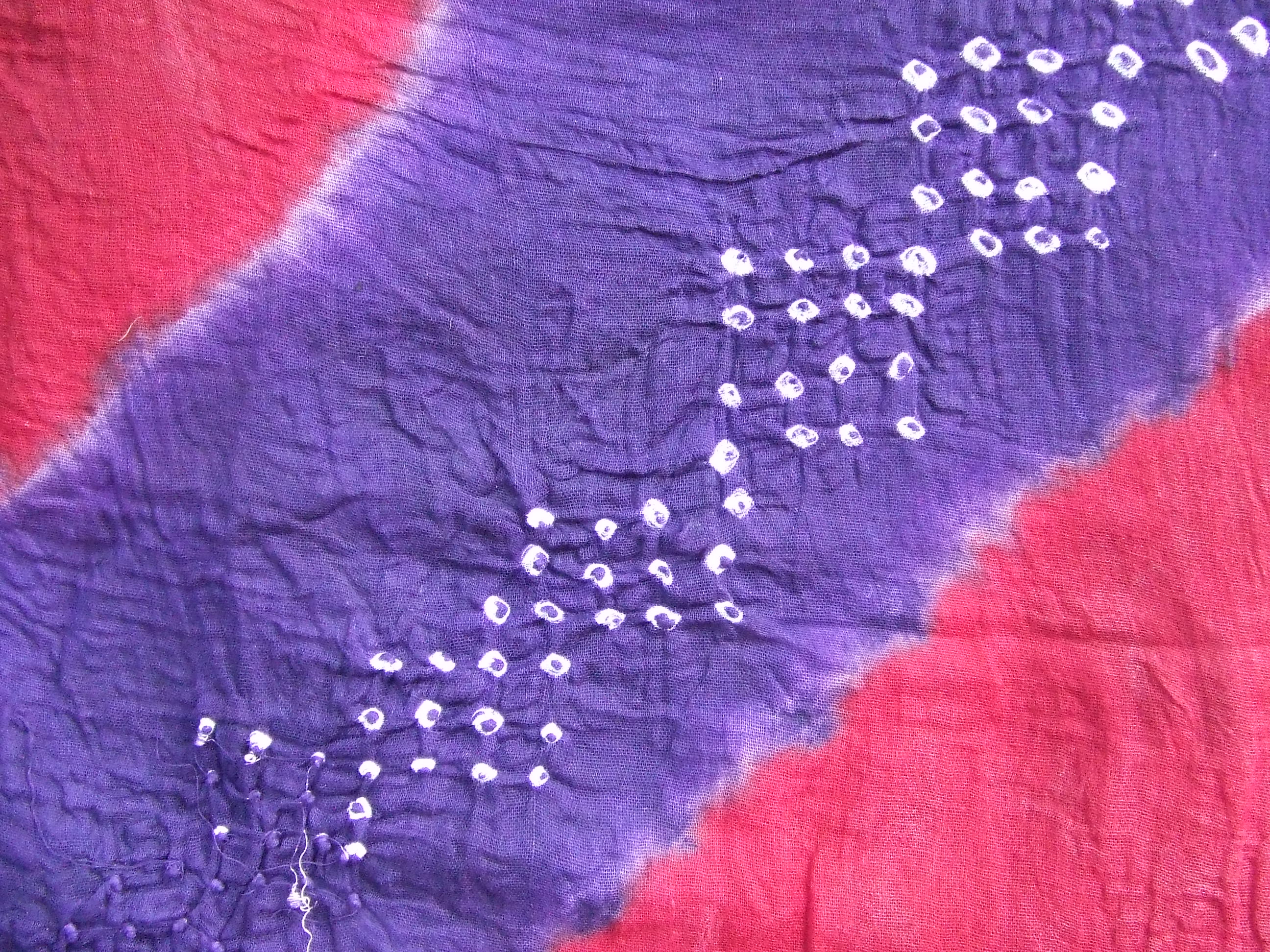
Bandhani Indian Tie Dye Flextiles
